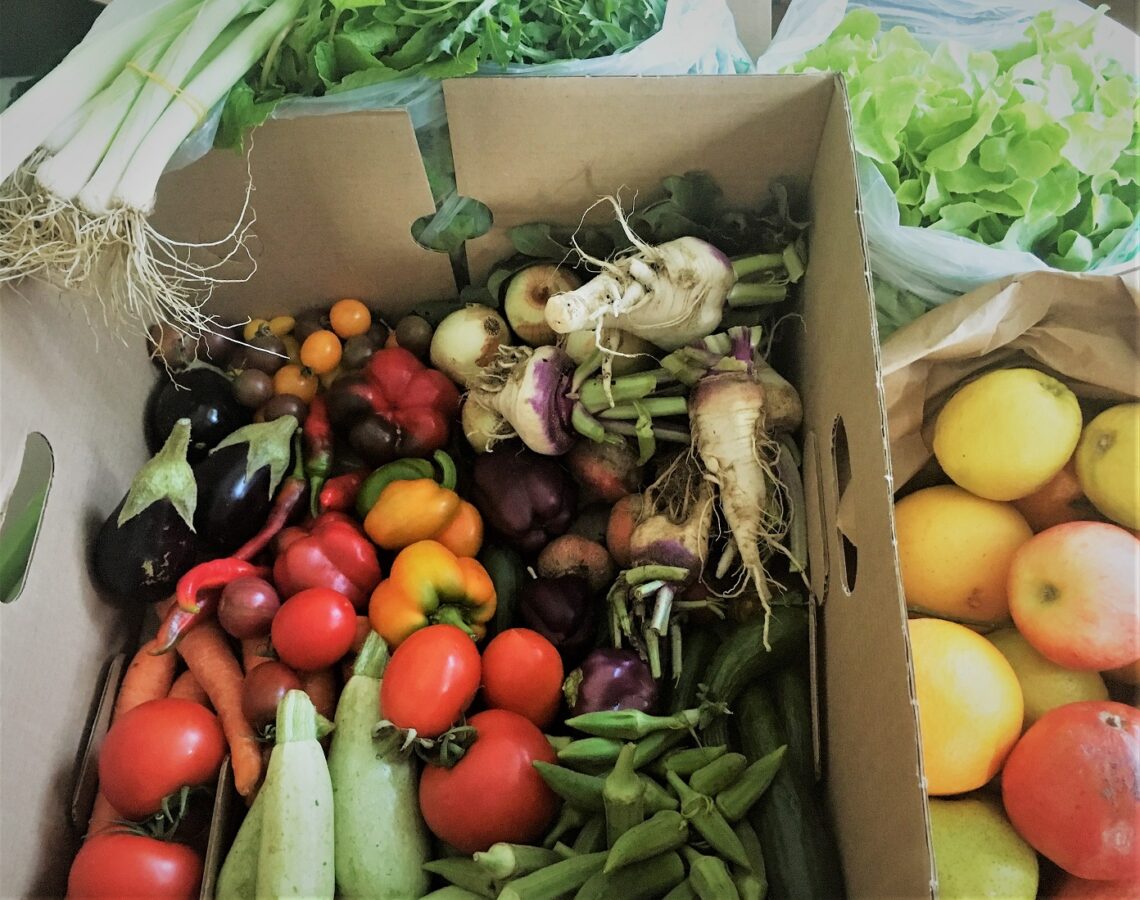
Flavours

by The Flamingo
My love for cooking came for sure from my mother, who is an excellent cook and baker. Flamingo is still learning the arts of savory cooking and I recently started backing (actually, I am really proud of my perfect nutty sweet bread this Christmas). Living in different areas of this world for shorter or longer periods of time definitely influenced my cooking style and eating habits.
If you, dear reader, are interested and curious about different ingredients, dishes or ways of cooking, then you might like this article and find it helpful in some ways.
The first country that laid the foundation of my cooking is for sure my home country, Romania, where I spent most of my life. The key ingredients that I like the most in the Romanian dishes are the sour-salty ones:
- Borscht (bors) – this is wheat or barley bran fermented in water. It’s used to make all kinds of sour soups or broths. You simply add it to any kind of soup as the last step before removing the boiling pot from the stove. You can either prepare it at home (there are a lot of recipes online) or you can buy it from any Polish/Russian store in your city as powder (if you don’t live in Romania). It’s really tasty with lovage, either fresh or dry. This is how you get the sour soup, named by the Romanians “ciorba”.
- Vine leaves – very fresh, collected in the springtime, they are on the sweet-sourish side. The Romanians prepare “sarmale” with them, that means they stuff them with ground meat and boil them in a sauce made with borscht or lemon juice. They are really delicious and refreshing on summer days, unlike the Turkish ones which are a lot sweeter.
- Brine – it’s a mix of salt and water. If it’s used either for pickling cucumbers or cabbage. These pickles make a fantastic salad to eat as a side dish to any steak or sausage in the winter time.
- Vinegar – either apple or balsamic, it’s the only ingredient (together with any kind of oil and salt) that I use to dress a salad (lettuce, cucumbers, bell peppers or boiled potatoes salad). It’s refreshing and cuts through the heaviness of any meat dish. Of course the healthier version of the vinegar is lemon juice, which is as tasty.
- Fish eggs – not caviar or Manchurian eggs, I mean normal fish eggs, from carp or pike. They are mixed with oil, bred and lemon juice by mixer and served with chopped onion on toast. It’s one of the most delicious things on my cooking list.
Of course there are other ingredients that make the Romanian cuisine tasty, but these are definitely my favorites.
The next on my list is Japan, where I spent a few months in my early twenties. Although I haven’t lived there for a long period of time, it influenced my eating habits the most. The key ingredients to the Japanese cuisine, that I use the most in my dishes are:
- Japanese curry paste – mind you, it’s very different from the Indian curry paste. It’s soy based, has a dark brown colour and it’s sweeter, although a bit spicy. It’s used for their famous curry rice or katsu kare. You can buy it in a box at any Japanese store in your country or in large supermarkets. I mix it in my mushroom risotto and make a Japanese-Italian fusion dish, very rich in taste. If it’s also served with sweet Japanese pickles and a glass of cold milk, you’ve found heaven on earth.
- Miso paste – it’s based on many Japanese ingredients, but at its core are fermented soybeans and salt. With miso paste you can very easily prepare miso soup and ramen. Let’s not forget of course adding the mandatory soy sauce to the mix. You can also use it for sauce mixed with cream to any fish or vegetable dish.
- Rice – it’s very healthy, any type has its own perks. I wasn’t a big rice eater before traveling to Japan, but there they eat it instead of bread so I got very used to it and liked it more and more. I now prepare my rice more towards the Italian way (with olive oil, white wine and Parmesan cheese), but nonetheless Japan is where I found one of the key ingredients in my cooking.
- Raw fish – if it’s either sushi or sashimi, I like having it every day if possible. I haven’t prepared it at home yet, although I kind of learned the technique. You must have a very reliable fresh fish source you can trust, eating raw fish is very dangerous, if not done right.
- Shiitake mushroom – it’s a very interesting type of mushroom, very meaty and strong in taste and is definitely my favorite vegetable. You can sauté it or you can use it in rice or however you want. It won’t disappoint.
The USA was my next stop for almost half a year, eight years ago. Specifically I’m referring to the West Coast (the states of Oregon, Washington and California). Being on the coast, my focus was fish and seafood:
- Wild salmon – fished right from the Willamette River buy the indigenous population is really something very rare and it tastes exquisite. I usually braze it in a pan with butter. Nowadays I buy wild salmon from the supermarket, but it’s not that common and it’s quite expensive. But I prefer buying it seldom, to buying farmed salmon.
- Dungeness Crab – it’s a species of a large crab only found on the north coast of America. It opened my taste for crab, which has one of the sweetest meats I’ve ever eaten. So dungeness crab I get to taste just in restaurants, it’s very rarely found in supermarkets in Europe. Cooking it myself isn’t something I am comfortable with, I can’t imagine myself boiling it alive. Thank God, they also sell boiled crab, because crab cakes are really delicious and easy to prepare.
- Scallop and Mussel – both species of clams are my favorite. Scallops are the smaller and less expensive cousins of the famous St. Jacques. I braze them in butter or sear them in olive oil a couple of minutes on each side or I add them in my seafood risotto with 5 minutes to go before removing the pan from the stove. Mussels are great steamed in white wine, with garlic and apio or as main ingredients in the famous clam chowder.
- Asparagus – a very healthy vegetable, the Americans eat it blanched or roasted in the oven as a side to their very rare beef steak. It’s a good habit I picked up there.
- Sweet potato – the healthy version of the normal potato, you can eat it any way you like. I like it mashed with butter and mixed with normal potatoes or oven baked.
My year in the United Arab Emirates, specifically Dubai, is very close to my heart. This is a place of many contrasts, that manifest in everything Dubai is. These contrasts are also present in their cuisine. Because 70% of the population is Indian, my ingredients have Arabic origin as well as Indian:
- Hummus – actually chickpeas are the main ingredient, but it contains so much more, especially the way the Arabs do it. I haven’t found out their exact recipe, but I assure you it’s something you haven’t tasted in other hummuses before. Others seem bland after it. I make my own hummus now and I have to settle for it. The tahini paste is one of the secrets.
- Small green olives – Jordanian, Lebanese, Turkish, any kind from this area is great. They have a unique taste without being too sour, or too bitter. You can buy them in any Arabic style grocery store.
- Labneh – it’s a type of a Middle Eastern cheese, sweet, soft and creamy, made from yogurt. It’s delicious on toast with those small green olives I wrote about earlier. You can also find it in the ethnic stores.
- Za’atar and Sumac – these two are on the top of my spice list. Za’atar is a mix of Arabic herbs from the family of oregano, basil, thyme with sesame seeds and sumac. It’s heavenly on freshly baked pita or on a tomato salad. Sumac is a read powder made from the fruit of a specific plant and it has a very pleasant sourish taste. It also goes well on salads, but I use it especially on roasted chicken.
- Ayran – it’s a type of yogurt drink with salt. It’s very refreshing and healthy, I became dependent on it and like to drink it daily if I can do so.
- Tikka and Masala – these are my favorite part of the Indian cuisine. Tikka is a marinade made with all kinds of spices like cumin, cinnamon, cayenne, ginger and so on mixed together with a special Indian yogurt. You can marinade any kind of meat in tikka, but I especially like the taste of the chicken with this specific mix. Chicken tikka is one of their most famous dishes. Masala is also a mix of spices based on cardamom and nutmeg. They use it in everything, but I prefer it in the very tasty biryani, an oh so very tasty type of rice. Be careful in eating too much Indian cuisine, you risk in disliking any other type of food, finding it too bland in comparison with their very strong and spicy dishes. Indian grocery stores sell tikka in jars and masala in the spice section, the large supermarkets as well.
So I have reached the end of my list with Switzerland, where I currently live. What I like about living in a city like Zürich, is that here are three main cuisines combined: the French, the Italian and the German. All the three main parts of Switzerland come together creating a very varied palate of foods. So three parts, three key ingredients:
- Gruyère – this cheese is absolutely my favorite, although it was thought to choose because I love cheese so much. I use it on everything, I bake it in the oven on bread or potatoes, I mix it in salads, I eat it with olives, I sometimes use it instead of Parmesan on different dishes. I like the mild spicy one the best. Gruyere fondue is also a favorite of mine.
- Tortellini and Gnocchi – fresh pasta with different stuffings from wild mushrooms, veal to ricotta and lemon is really the death of every diet I don’t keep. The gnocchi are a mix of potatoes, cheese, flour and are great as any side to a meat dish with lots of sauce on top. Italian food will be the death of me.
- Sausage – I am sausage lover, not any type of German sausage though. It has to be spicy with lots of garlic and thyme. I don’t like the German cuisine, but the grilled sausages are indeed the highlight. With fries and lettuce salad on the side. Go big or go home!
Over the time I tried combining all flavours and different styles of cooking, it resulted in my very personal style, which is very fusion. I also love other types of cuisine, like the Greek and Spanish ones, but I feel I should leave those for another time.
Writing this article was a very interesting journey for me, laying out all the influences in my cooking, I have never thought about that before. So upon rereading it, my conclusion is, that my very gourmand husband is a very lucky man indeed.
Photos from Flamingo‘s archive, Pixabay and Unsplash
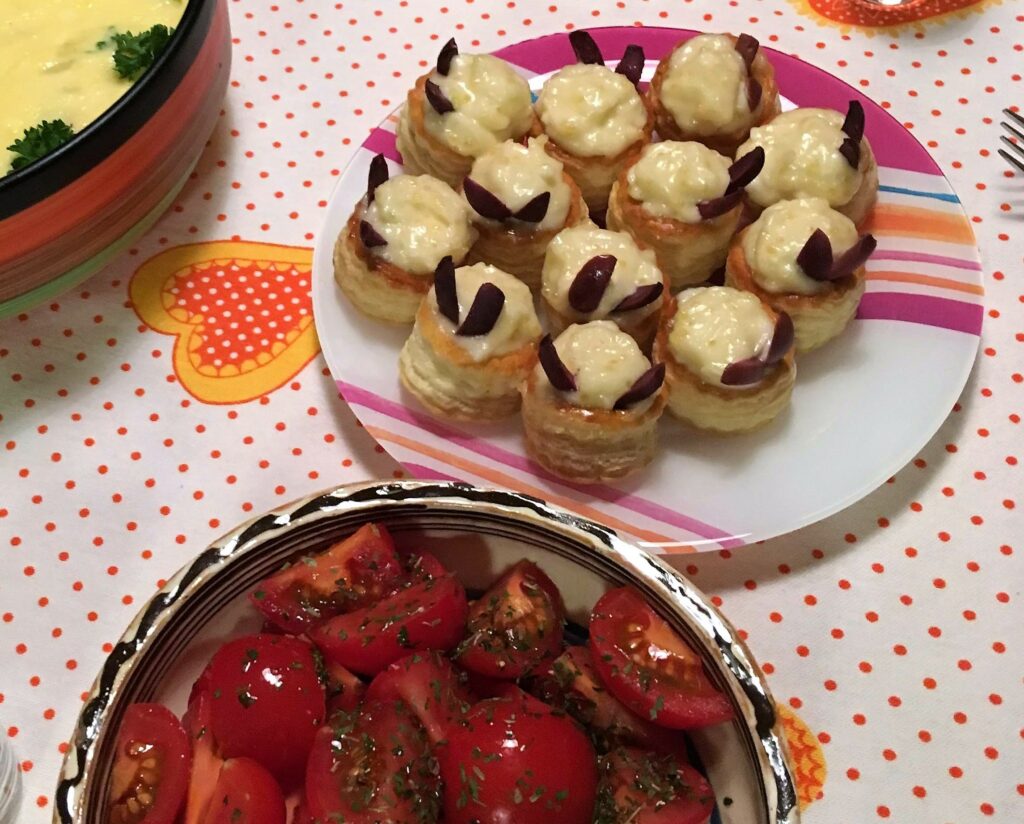
Fish eggs and tomato salad 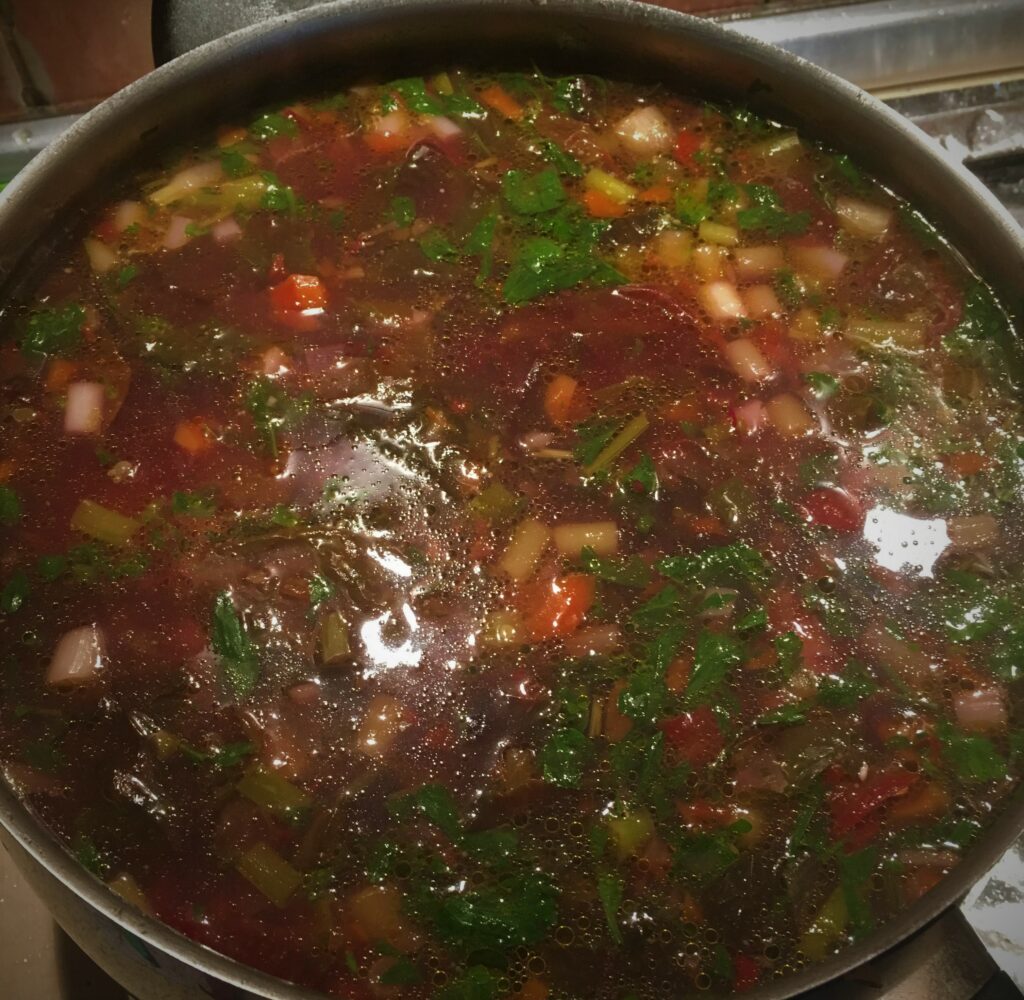
Romanian soup (ciorba) 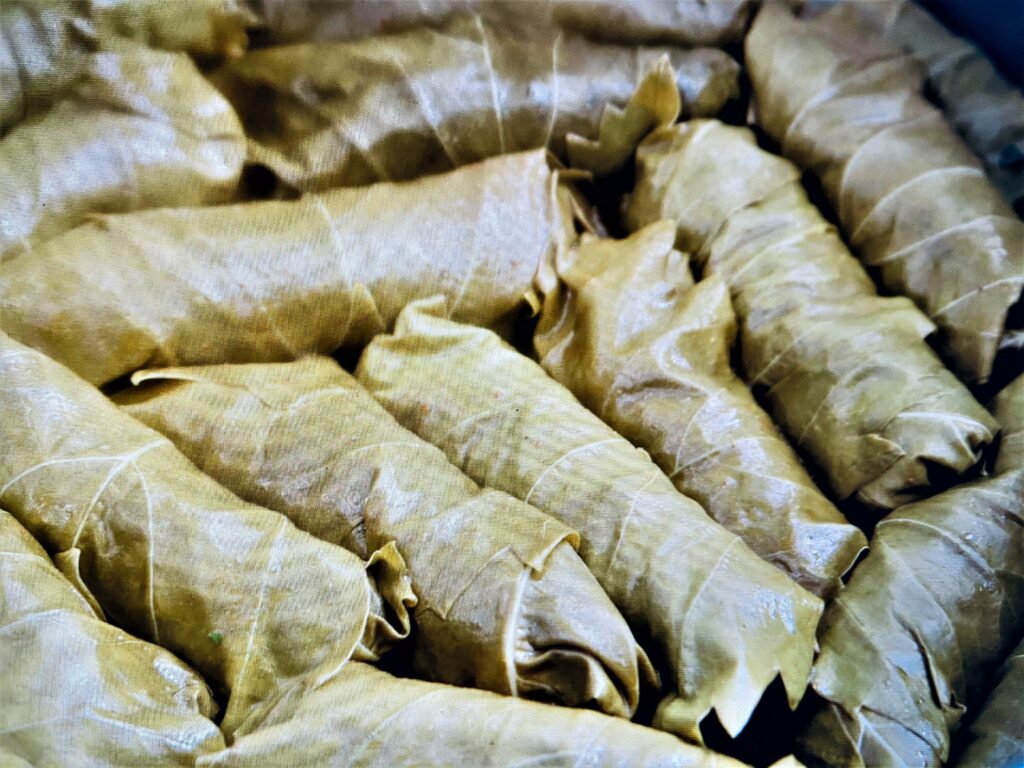
Vine leaf rolls 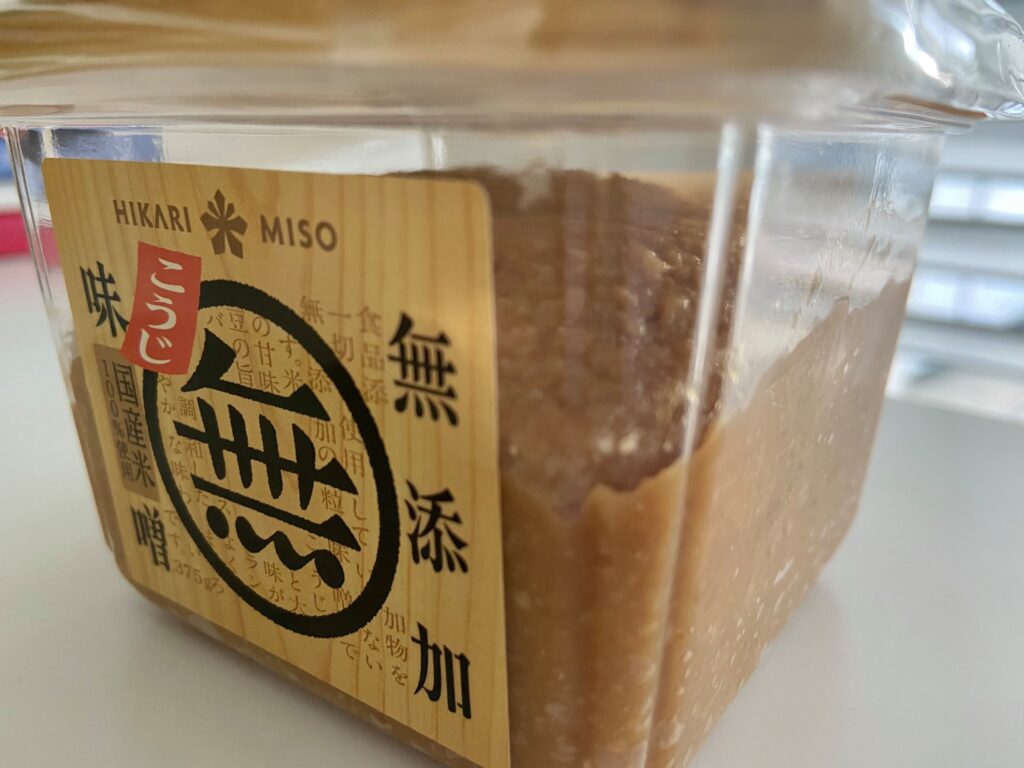
Miso paste 
Japanese curry rice 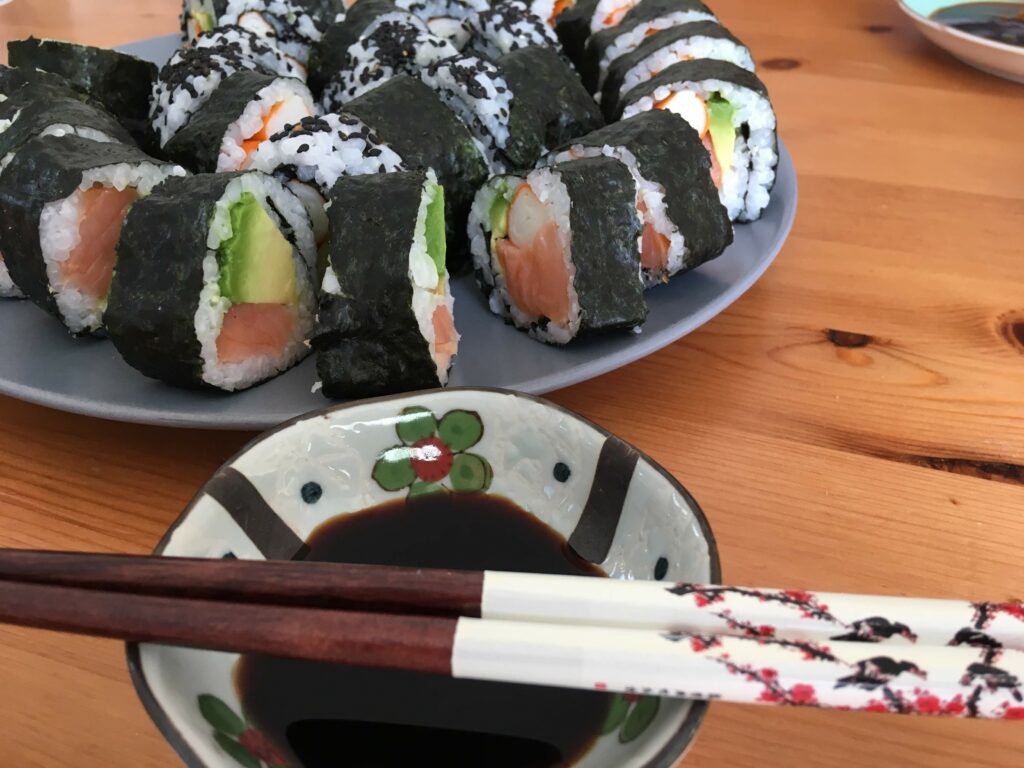
Homemade sushi 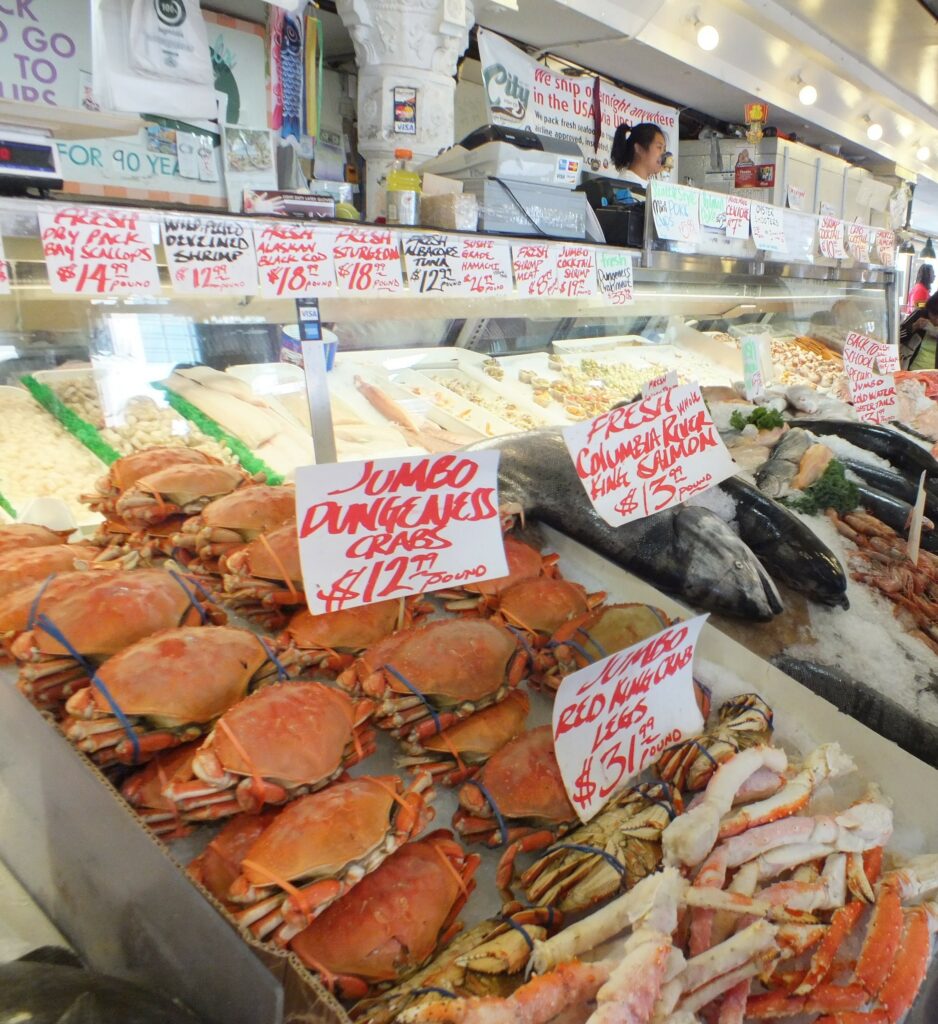
Dungeness Crab 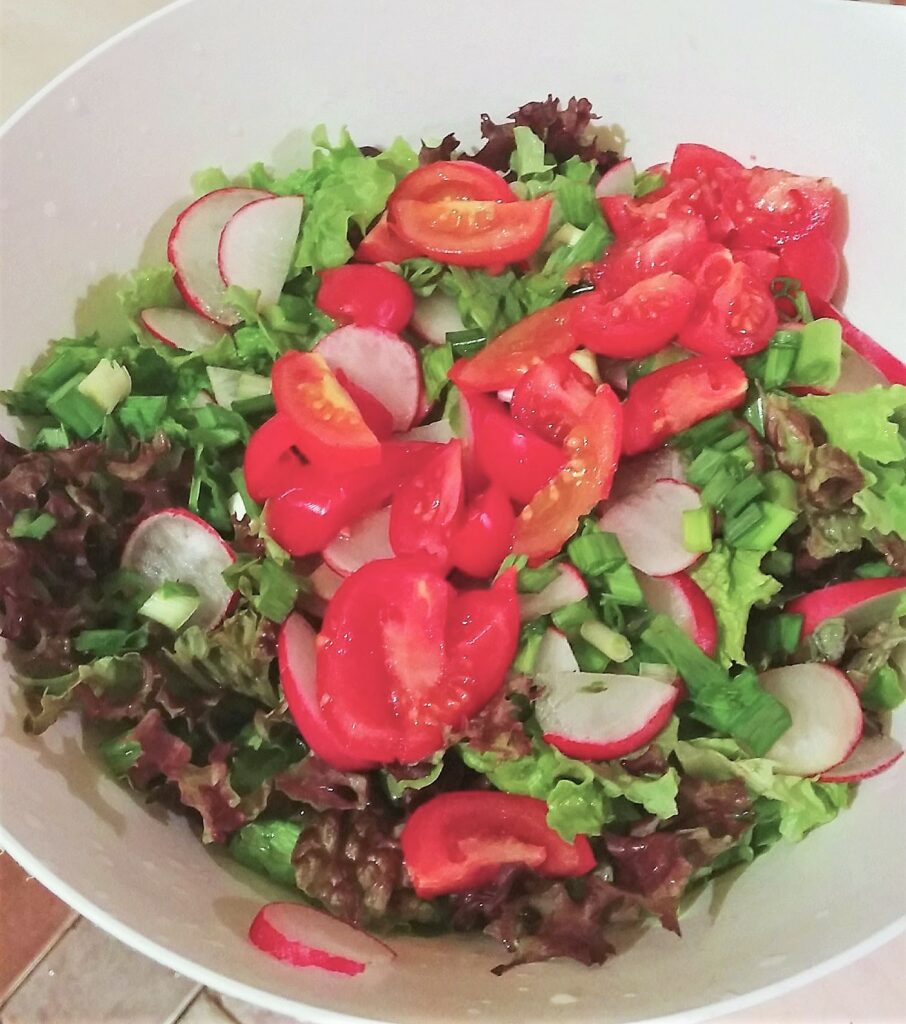
Summer salad mixed with vinegar dressing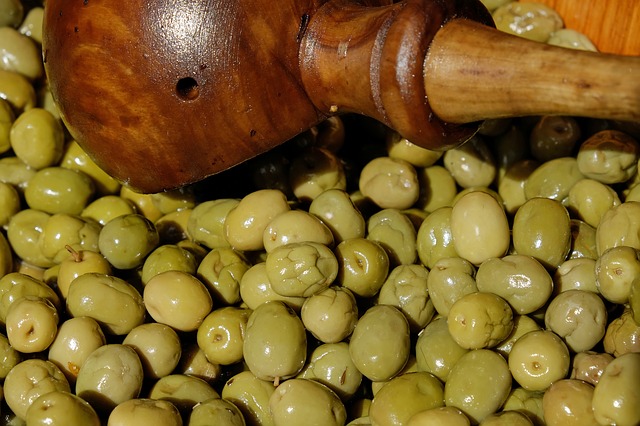
Middle Eastern green olives 
Labneh 
Za’tar and Sumac 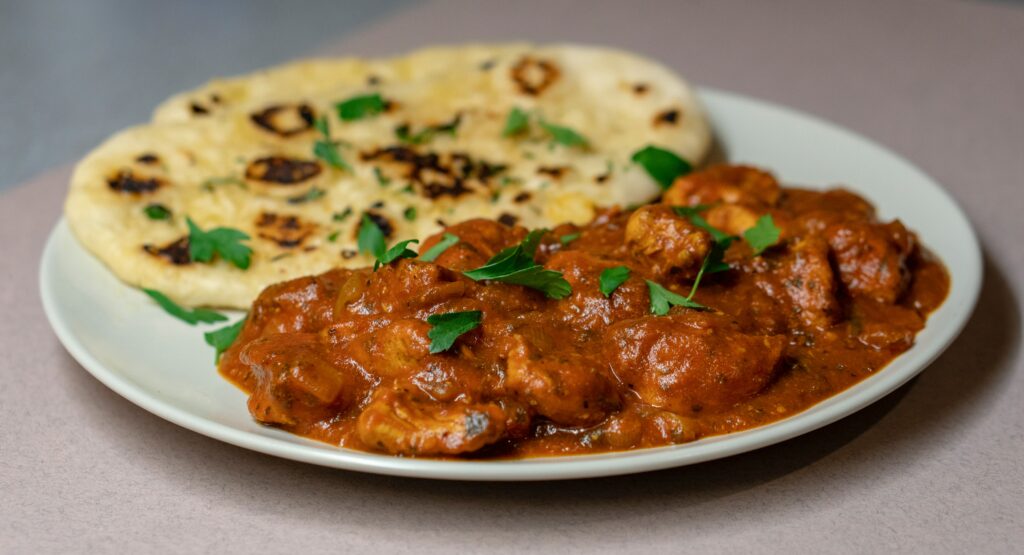
Chicken tikka 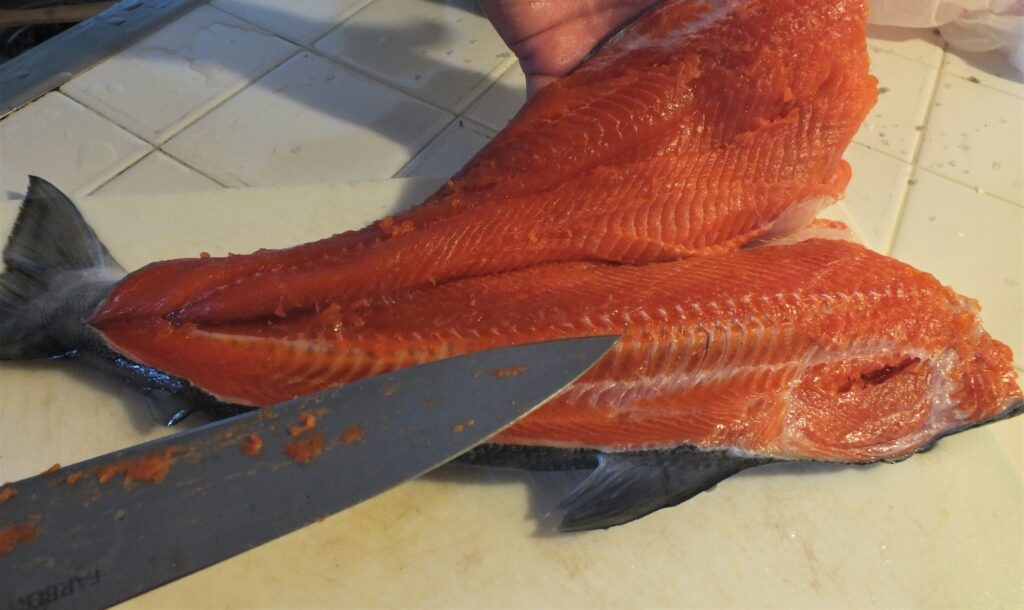
Badly butchered wild salmon 
Gnocchi with beef sauce and cheese 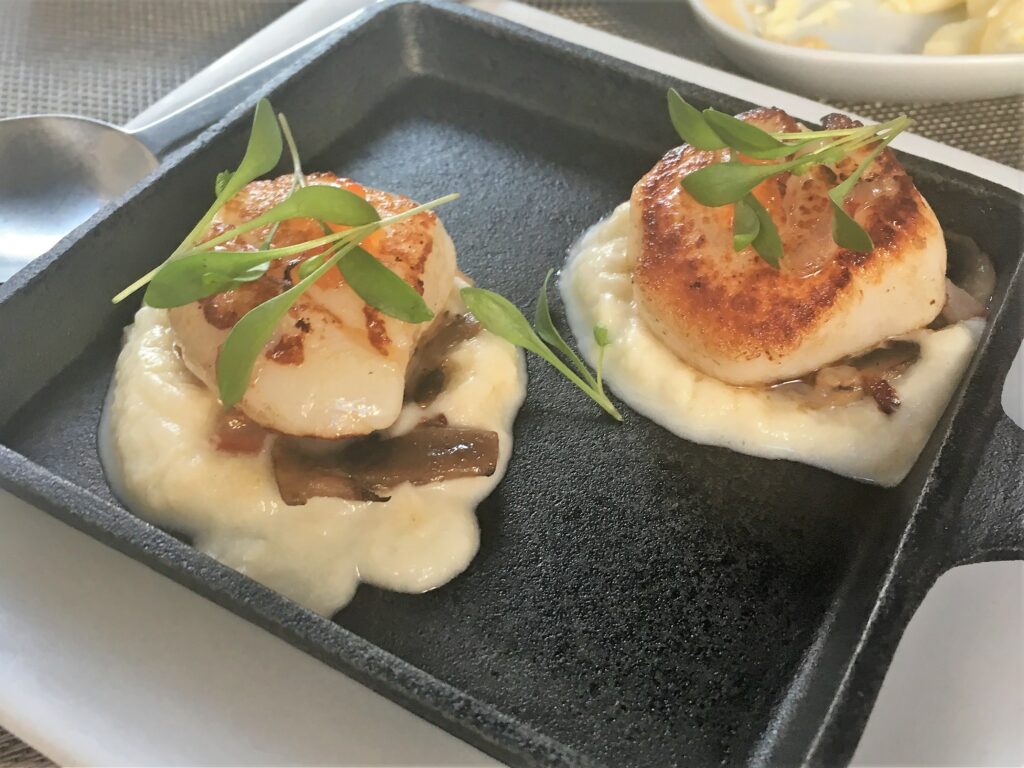
Seared scallops 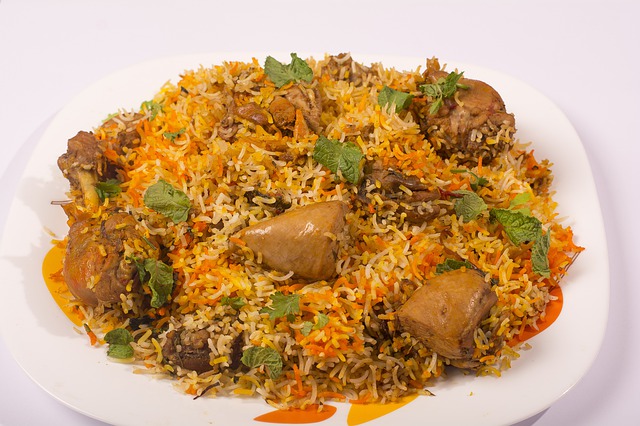
Biryani 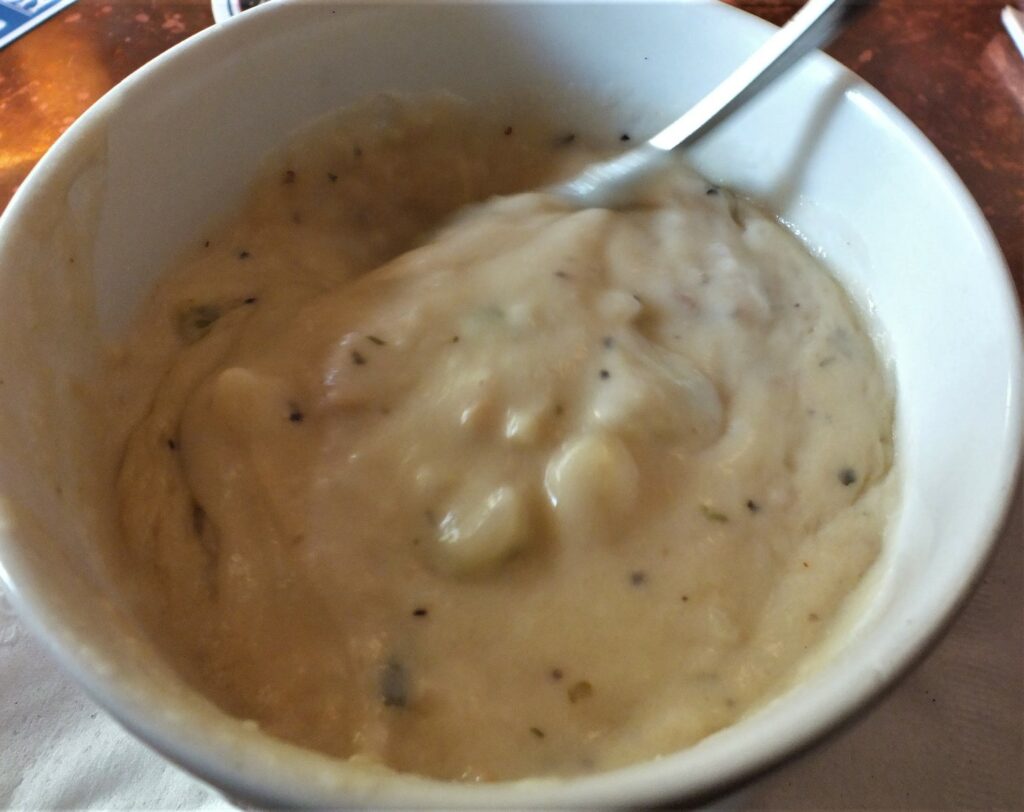
Clam chowder 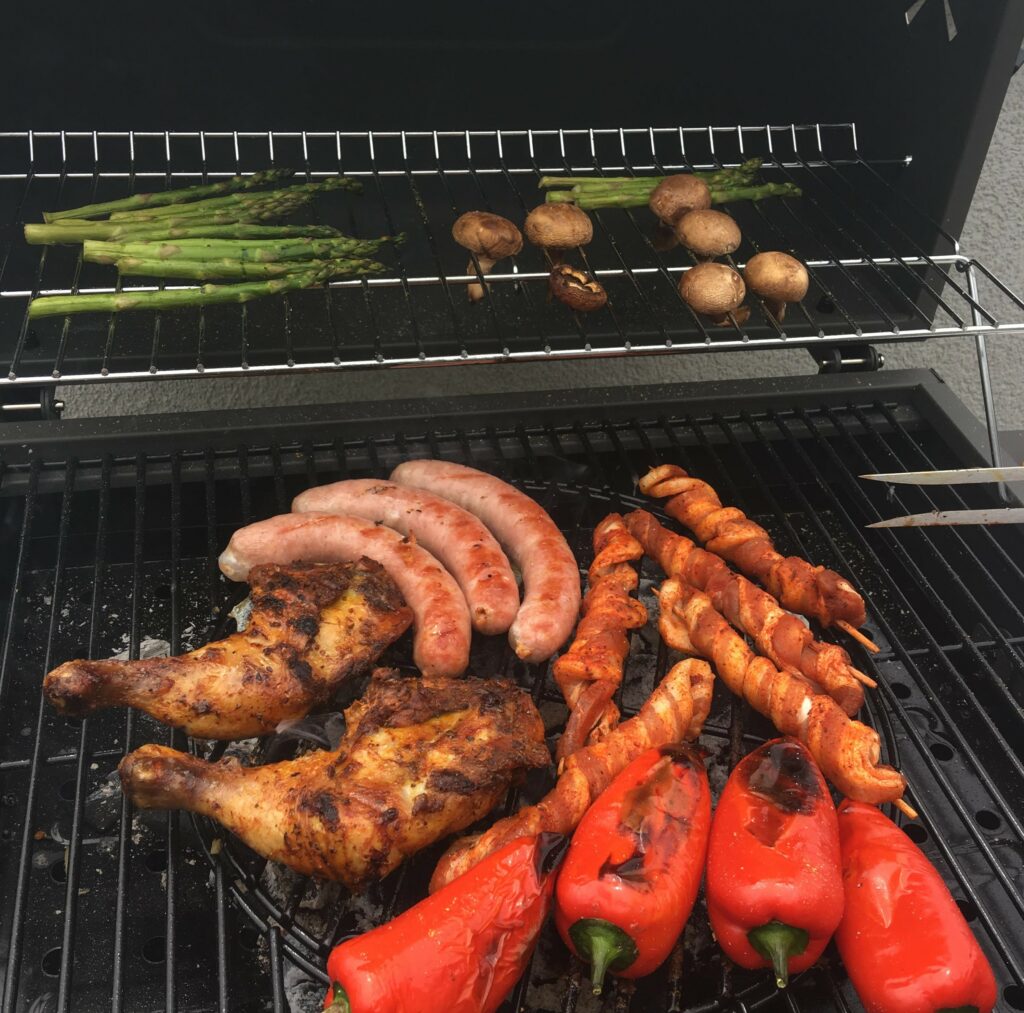
Grilled meats and vegetables 
Steamed mussels 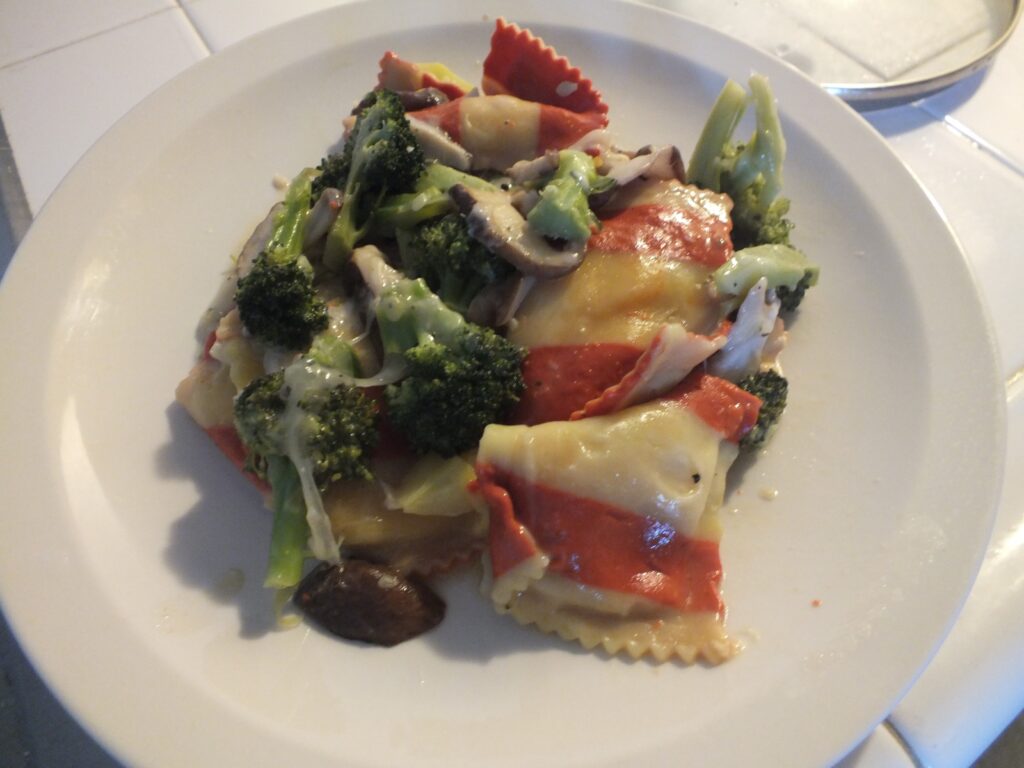
Tortellini with vegetables 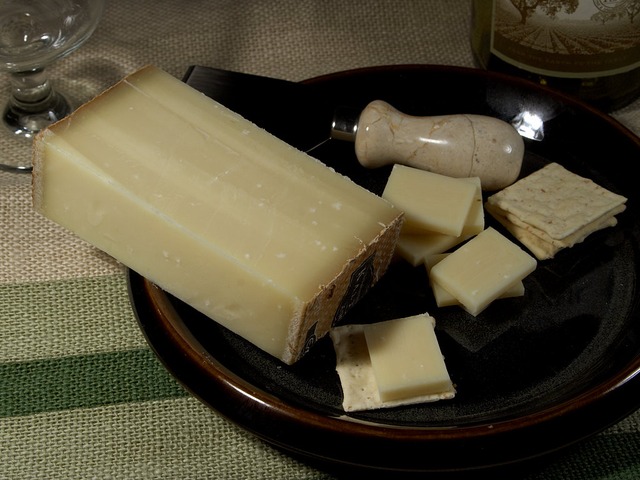
Gruyere cheese 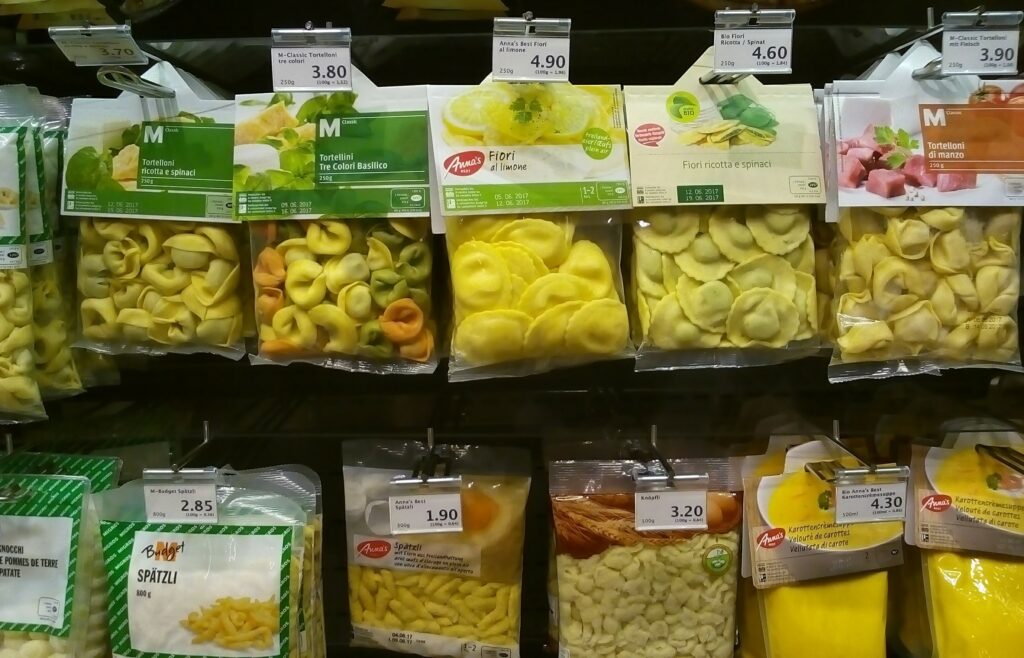
Tortellini 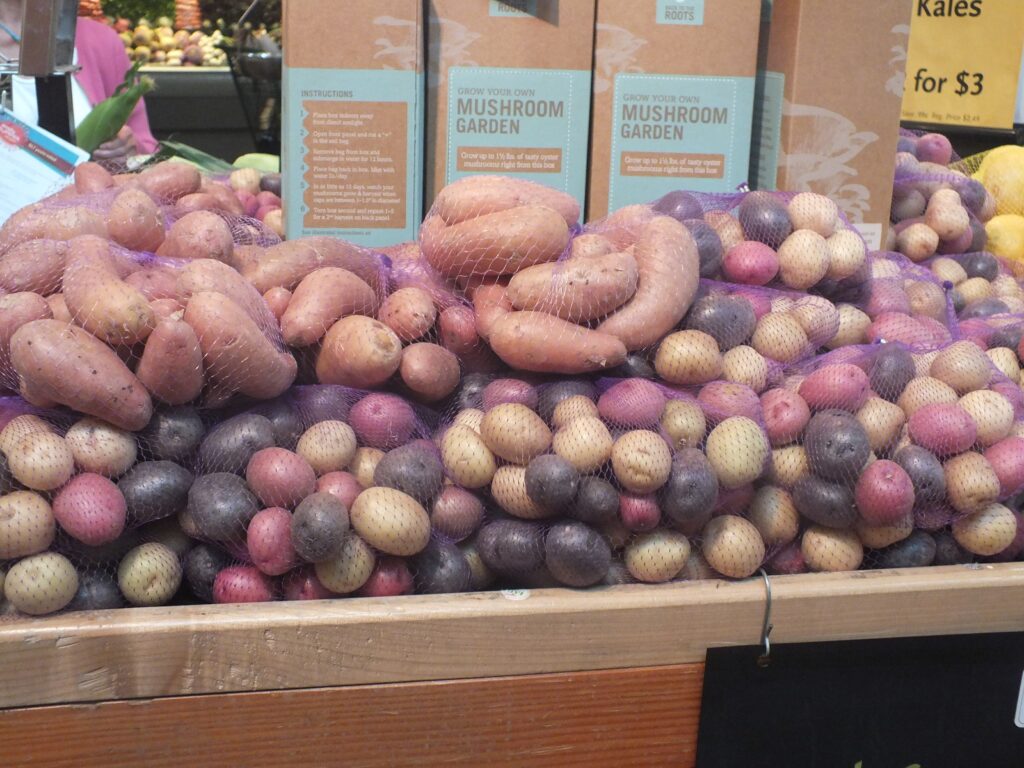
Array of potatoes 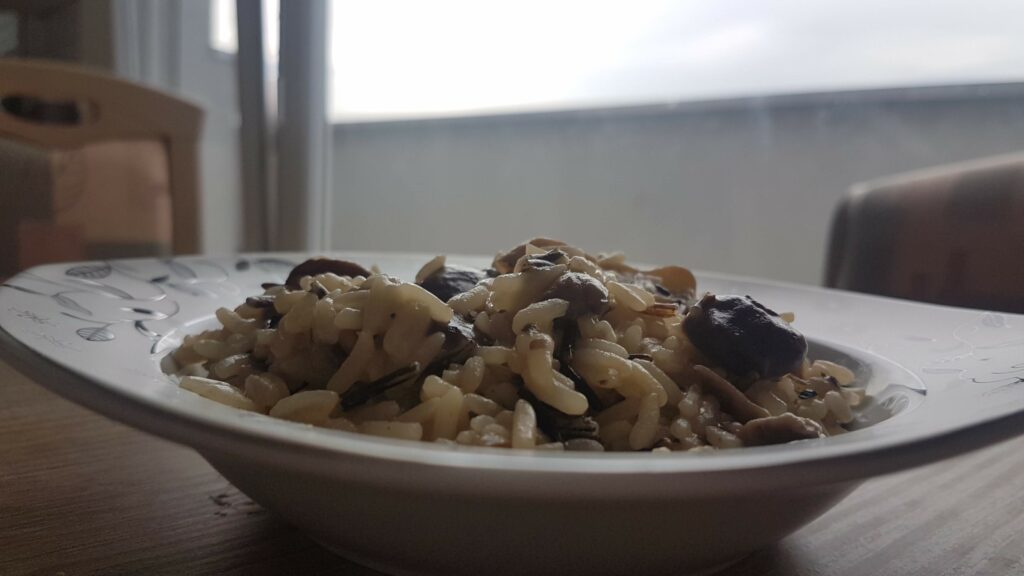
Shiitake risotto




